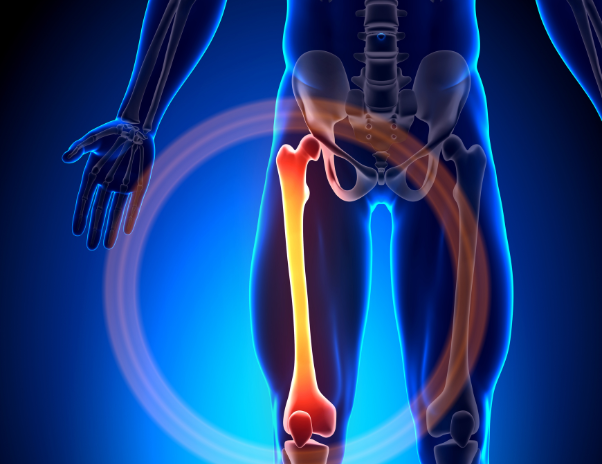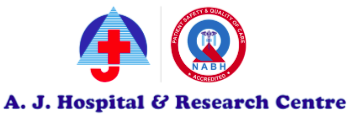
Love Your Bones: Osteoporosis Prevention and Awareness
"Love Your Bones" is not just a catchy phrase; it's a call to action. Osteoporosis is often termed the silent thief of bone health. It demands our attention and a proactive approach. In this brief exploration of osteoporosis prevention and awareness, we look to understand bone health's intricacies, dive deep into the challenges, and provide nuanced solutions beyond generic advice.
> Understanding Osteoporosis
Osteoporosis in simple terms is a condition that leads to the loss of bone mass. Bones affected by osteoporosis cannot be differentiated from the outside as it is shaped exactly like a normal bone but due to the loss of calcium and phosphate, the bones become more porous during the aging process. This leads to the bone becoming progressively weaker and increases the risk of fracture. It is considered to be one of the most common bone diseases.
One of the leading factors for the cause of osteoporosis is aging. According to Penn Medicine, One of the most vulnerable populations to osteoporosis is women who have gone through menopause, followed by men who are over 60. Osteoporosis and fractures associated with osteoporosis are rapidly becoming significant public health concerns due to an aging population.
> What are the causes of Osteoporosis?
-
Diminishing Bone Density:
Fundamentally, osteoporosis is characterized by the progressive deterioration of bones, which lowers bone density. People are more prone to fractures because of the gradual deterioration that is intimately linked People are more prone to fractures because of this natural deterioration that is intimately linked to age, especially in important weight-bearing bones like the spine and hips.
-
Nutritional Gaps:
Although calcium often occupies center stage in conversations about bone health, a more comprehensive nutritional approach is required. A lot of people, especially the elderly, have trouble getting enough of certain vital nutrients, like phosphorus, magnesium, vitamin K, vitamin D, and vitamin D. These nutrients are all crucial for keeping bones in the best possible condition.
-
Lack of Specificity in Exercise Recommendations:
Exercise is a well-acknowledged preventive measure, but the lack of specificity in recommendations can hinder its effectiveness. Not all exercises stimulate bone formation equally, leaving individuals uncertain about the types and intensity required for optimal bone health.
-
Menopause and Hormonal Shifts:
Hormonal changes during menopause present a serious concern for women experiencing increased bone loss. However the complex relationship between osteoporosis and menopause rarely receives adequate attention, so many women are unaware of the unique difficulties they encounter.
-
Impact of Lifestyle Choices:
Osteoporosis awareness efforts frequently fail to adequately address smoking and excessive alcohol intake, two behaviors known to contribute to the degradation of bone health. People are unaware of the role that these lifestyle factors play in the loss of bone density as a result of this neglect.
> How to prevent Osteoporosis?
-
Promoting Bone Density Education:
The International Osteoporosis Foundation says that “Osteoporosis prevention begins in childhood when a bone-healthy diet and plenty of exercises helps children achieve their highest possible ‘peak bone mass’. This is important because the more bone mass you have when you reach adulthood, the less likely you are to have weak and breakable bones at older age”. To cultivate a culture of bone health, comprehensive educational initiatives are essential. Increased awareness about the importance of bone density, its natural decline with age, and the risk factors associated with osteoporosis can empower individuals to take proactive measures at a young age.
-
Holistic Nutritional Guidance:
Beyond calcium, promoting a holistic approach to nutrition is crucial. Public health campaigns should emphasize the significance of vitamin D from sunlight exposure, magnesium-rich foods, vitamin K sources, and phosphorus-containing items. A well-rounded nutritional plan is vital for robust bone health.
-
Menopause Awareness Programs:
Recognizing the impact of menopause on bone health is pivotal. Dedicated awareness programs should be designed to educate women about the specific challenges they face during this life stage. Encouraging them to seek preventive measures, including hormone replacement therapy and targeted exercises, is crucial for long-term bone health.
-
Regular Bone Density Testing:
Early detection is key in osteoporosis prevention. Routine bone density testing, often overlooked until fractures occur, should be a standard part of healthcare, especially for postmenopausal women and older adults. Creating awareness about the importance of regular bone density assessments can facilitate early intervention and lifestyle adjustments.
In the journey to love your bones, we've explored the challenges posed by osteoporosis and crafted nuanced solutions that extend beyond generic advice. For a better understanding of the intricacies of diminishing bone density and osteoporosis book an appointment with the Department of Orthopaedics and Sports Medicine at A.J Hospital, Mangalore
